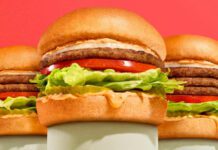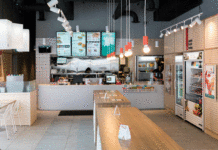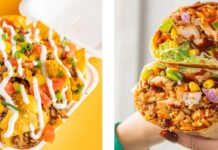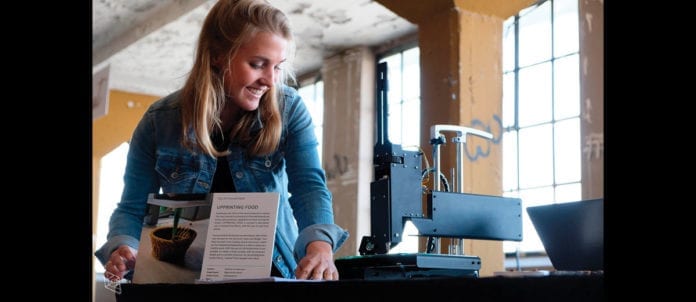Though not widely adopted within the industry today, the still-evolving realm of 3D-printed food may play a greater role in the foodservice industry of the future. Given trends towards increasing automation and micro-manufacturing, 3D printers have the potential to become another relied-upon kitchen tool.
There are varying approaches when it comes to applying 3D-printing technology to food. For example, some of the earliest 3D food printers (3DFP) were focused on confectionary creations, while the NASA Advanced Food Program, in collaboration with BeeHex, was able to 3D-print a pizza.
Though capabilities are expanding, 3DFPs are still largely a novelty, but one with significant potential for mass customization. BeeHex’s autonomous cake-decorating system, Deco-Pod, can print custom designs on baked goods, while other systems can be used to create unique visual elements for dishes from custom or pre-programmed patterns. When put to use in professional kitchens, this allows increased complexity and consistency, while freeing up staff from time-consuming, repetitive tasks.
Dutch company Upprinting Food has taken this application a step farther, creating custom 3D-printed food products from food waste for restaurants such as Michelin-starred De Karpendonkse Hoeve in Eindhoven, Netherlands.
The company’s co-founders, Elzelinde van Doleweerd and Vita Broeken, developed their company based on feedback from restaurant professionals. Its design-to-market business model offers a combination of 3D printers and a service. “We train chefs and restaurant staff on how to use the printer, how they can use their own residual food flows (based on recipes with proportions) and we cooperate with chefs in creating designs that really fit their dishes,” van Doleweerd explains.
van Doleweerd sees potential for this technology’s growth — particularly in the foodservice industry — well after the novelty of 3DFPs has worn off. “It will be common for the restaurant and catering industry, because people will still go there if they want to eat something special or different, compared to what they normally eat at home,” she explains. She also points to restaurants as guiding lights that can help inspire guests “to reduce their own food waste when they taste what’s still possible with food products that are often thrown away.”
She’s not alone in the notion. England’s Food Ink runs a pop-up dinner series featuring dishes created using 3DFPs.
Beyond presentation, 3DFPs provide the ability to cater to individuals’ specific nutritional/dietary needs, which could be a boon as personalized/DNA-specific diets gain momentum. There’s also been research into future applications, including 3D-printed “meat” and beverage applications. The University of Washington has even experimented with fermenting yeast with a 3D printer.
Looking ahead, companies such as Natural Machines (Foodini) are working on units
that will not only print food items, but cook them, too. Pushing the technology even further, Columbia University has developed a new method to 3D-print cooked food,
whereby combined ingredients are each cooked selectively.


















